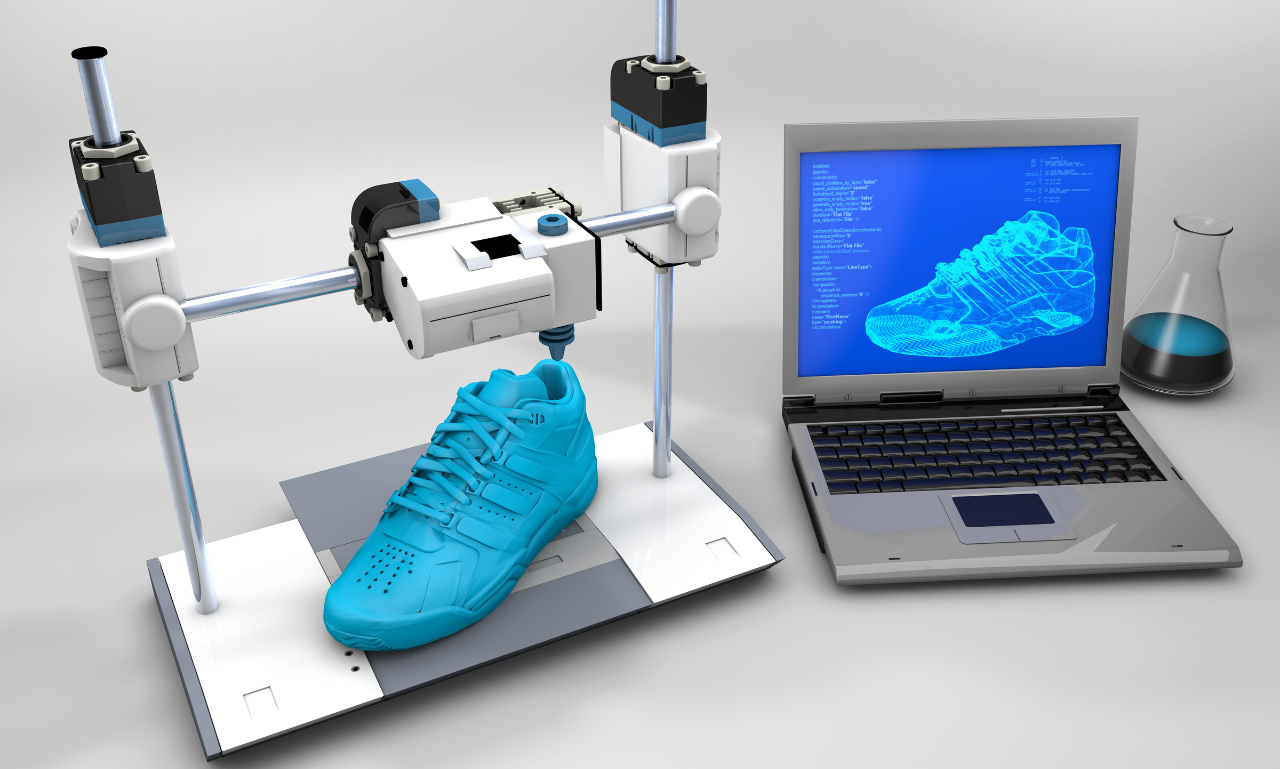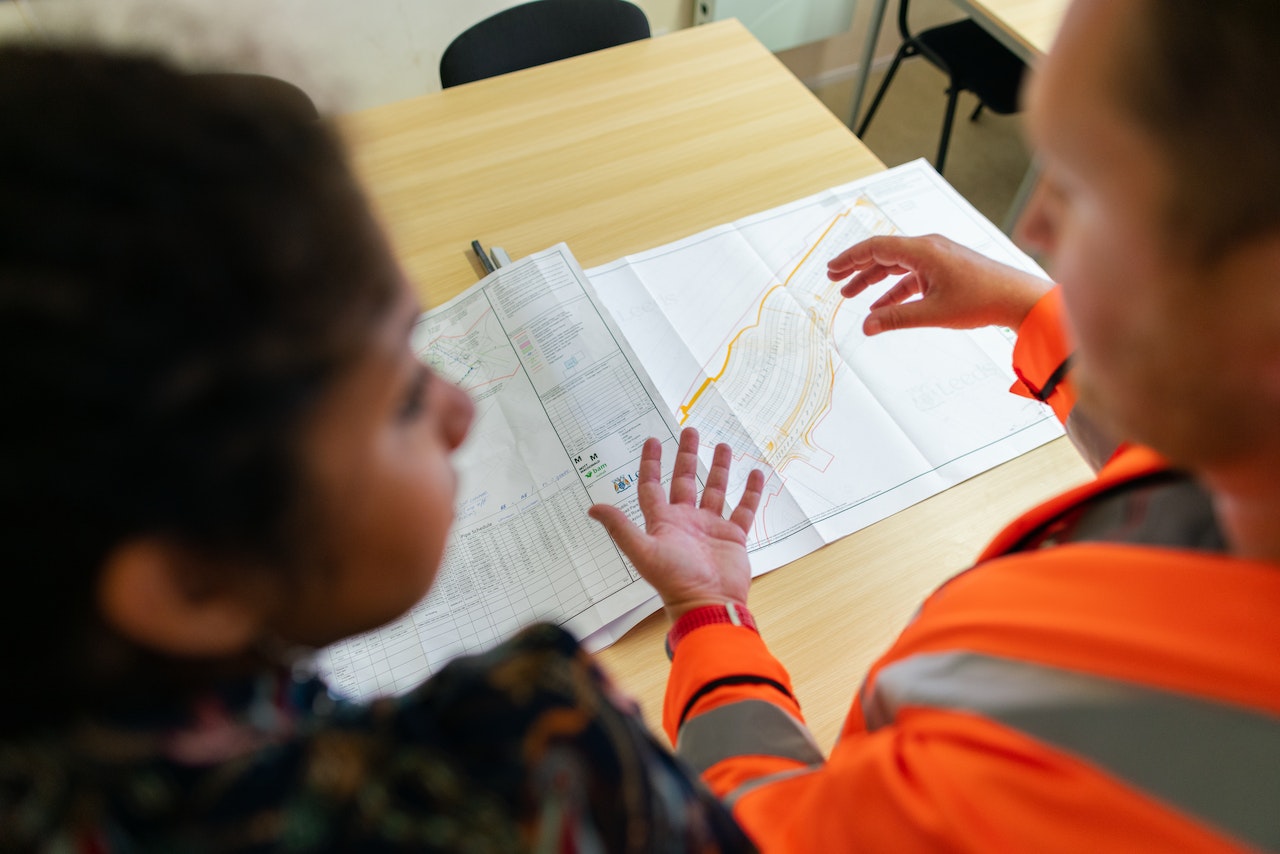Three-dimensional (3D) printing is a relatively new technology that has taken the world by storm. 3D printing creates three-dimensional objects from digital models by depositing material layer by layer. The technology has many applications, from rapid prototyping of new designs to the mass production of parts and tools. 3D printers have become more affordable and accessible in recent years, and the market for 3D printing is increasing. This article explores the three types of 3D printing, their respective advantages and disadvantages, and some of their applications.
Fused Deposition Modeling (FDM)
Fused Deposition Modeling (FDM) is a popular type of 3D printing and one of the most affordable. It works by melting a plastic material and extruding it layer by layer to create a 3D object. The material used in FDM printing is typically a thermoplastic polymer, such as acrylonitrile butadiene styrene (ABS) or polylactic acid (PLA).
Advantages:
One of the main advantages of FDM printing is that it is very affordable and widely available. FDM printers are relatively easy to use and require minimal setup time. They can also produce complex designs and use various materials, from standard plastics to exotic composites.
Disadvantages:
One major disadvantage of FDM printing is its limited resolution. The layer height of FDM printing is typically in the range of 0.1 – 0.3 millimeters, which can result in a visible stepping effect on curved surfaces. FDM printing also tends to produce parts with a relatively low strength-to-weight ratio, which can limit some applications.
Applications:
FDM printing is widely used for rapid prototyping and low-volume production of parts and tools. It is also used to produce custom prosthetics and orthotics and create models and figurines.
Stereolithography (SLA)
Stereolithography (SLA) is another type of 3D printing that cures liquid resin layer by layer using a laser or other light source. The resin hardens as it is exposed to light, eventually forming a solid object. SLA printing is typically used for parts that require high precision and a smooth finish.
Advantages:
One of the main advantages of SLA printing is its high resolution. The layer height of SLA printing can be as low as 0.025 millimeters, which produces a smooth surface finish and can create parts with intricate details. SLA printing can also use a wide range of materials, from standard resins to specialty photopolymers.
Disadvantages:
One major disadvantage of SLA printing is its high cost. SLA printers are typically more expensive than FDM printers and require specialized equipment and materials. SLA printing is also relatively slow, as each layer must be cured before the next can be added.
Applications:
SLA printing is widely used to produce dental implants, jewelry, and other small parts that require high precision and a smooth finish. It also creates architectural models, decorative objects, and other art projects.
Selective Laser Sintering (SLS)
Selective Laser Sintering (SLS) is a type of 3D printing that uses a high-power laser to fuse particles of plastic, metal, or ceramic powders into a solid object layer by layer. SLS printing produces parts with high strength and durability, making it a popular choice for industrial applications.
Advantages:
One of the main advantages of SLS printing is its high strength-to-weight ratio. SLS parts are typically more substantial and durable than those produced by other types of 3D printing, making them suitable for applications such as aerospace and automotive. SLS printing can also have very complex geometries and parts with internal structures.
Disadvantages:
One major disadvantage of SLS printing is its complexity. SLS printers are typically more expensive than FDM and SLA printers and require specialized equipment and materials. The powder used in SLS printing can also be messy and difficult to handle.
Applications:
SLS printing is widely used to produce industrial parts, such as engine components, gears, and customized tooling. It is also used to create medical implants and prosthetics and make various consumer goods.
Conclusion
3D printing is a rapidly growing technology that has the potential to revolutionize the way we design, produce, and consume goods. Fused Deposition Modeling (FDM), Stereolithography (SLA), and Selective Laser Sintering (SLS) are three common types of 3D printing, each with its advantages and disadvantages.FDM printing is affordable and accessible but has limited resolution. SLA printing is capable of producing high-resolution parts but is expensive and slow. SLS printing delivers solid and durable features but requires specialized equipment and materials. As technology evolves, 3D printing will become more accessible and widely used in various industries.





